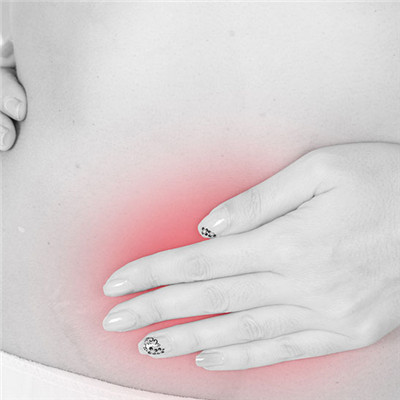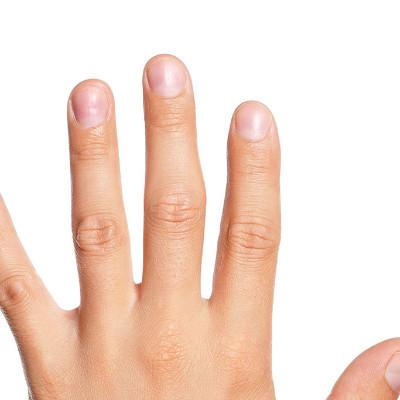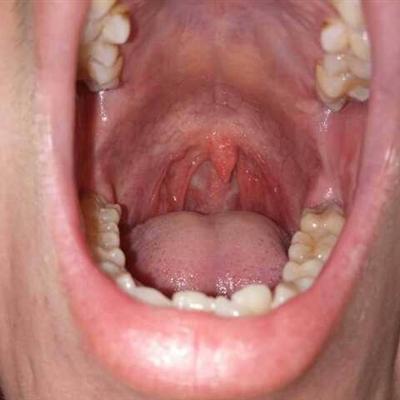Symptoms of urinary tract infection
summary
Many units of physical examination or kidney disease patients in the census or diagnosis of disease will encounter to do urine routine examination, check good to do, but the report sheet in hand a lot of data, how to look at it, I understand the disease has a further understanding. Laboratory tests generally include urine color, transparency, pH, specific gravity, presence or absence of protein and sugar, and urine sediment test. Urinary tract infection symptoms, urine test report to tell you.
Symptoms of urinary tract infection
In a test sheet, if some items are followed by "+", it is called positive result in medicine; On the contrary, "-" is called negative result. A positive result is usually a sign of urinary system disease.

Nit stands for nitrite in urine. The amount of nitrite content is often related to the type of food. If often more than normal, suggesting that there may be urinary stones or urinary tract infection. PH stands for pH. The normal result is 6.0. The increase of pH is common in frequent vomiting, respiratory alkalosis, etc. Low pH is common in acidosis, diabetes, etc. Glu stands for urine sugar. Normal results were negative. When suffering from diabetes, urine sugar can reach 2-3 plus signs, hyperthyroidism, acromegaly, brain tumors can lead to increased urine sugar. Pro stands for urinary protein. The normal results were negative or trace. Positive results were found in acute glomerulonephritis, renal arteriosclerosis, multiple myeloma and high fever. Blo stands for occult blood. The urine occult blood of normal people was negative. Ket stands for ketone body. Normal results were negative. Ketoacidosis when the urine ketone body is negative, common in diabetic patients with hunger, vomiting, diarrhea. Bil stands for bilirubin. If it is positive, it indicates jaundice and needs to be examined. WBC represents white blood cells. The normal results were negative. The increase of WBC in urine was seen in pyelonephritis, cystitis, urethritis and prostatitis. SG stands for specific gravity. The increase of urine specific gravity was found in dehydration, high fever and cardiac insufficiency; The decrease was found in chronic glomerulonephritis and pyelonephritis. Uro stands for urobilin. Normal results were negative or weakly positive. Before the appearance of early jaundice in viral hepatitis, urobilin was increased, and it was positive or strongly positive in hemolytic jaundice.

A large number of white blood cells (WBC + + - + +) and epithelial cells were detected in the report of urine routine test sheet, which indicated the treatment of urinary diseases and systemic infection. A large number of red blood cells (RBC + - + +) in urine indicate that they are suffering from kidney stones, tumors, acute nephritis, cystitis and urinary diseases. If the urine test positive, it means that the kidney has a certain damage, common in acute and chronic nephritis, pyelonephritis and nephrotic syndrome. If the urine sugar test is positive, it is likely to be diabetes, because there is only a small amount of sugar in the urine of normal people, the general test can not come out. When a large amount of sugar or glucose injection, there will be a short period of urine sugar. Diabetic patients not only have positive urine glucose, but also have significantly increased blood glucose.

matters needing attention
If it is nephrotic patients, after entering the various stages of chronic renal failure, the quantitative and qualitative determination of urinary protein and occult blood has no significant significance, so in the process of treatment, there is no need to change the condition or check, there is no need to frequent urine test, the reason is the misunderstanding of curative effect judgment. In chronic phase, once every 2-4 weeks. Patients with stable condition can be treated once every 3 ~ 6 months according to the situation.














